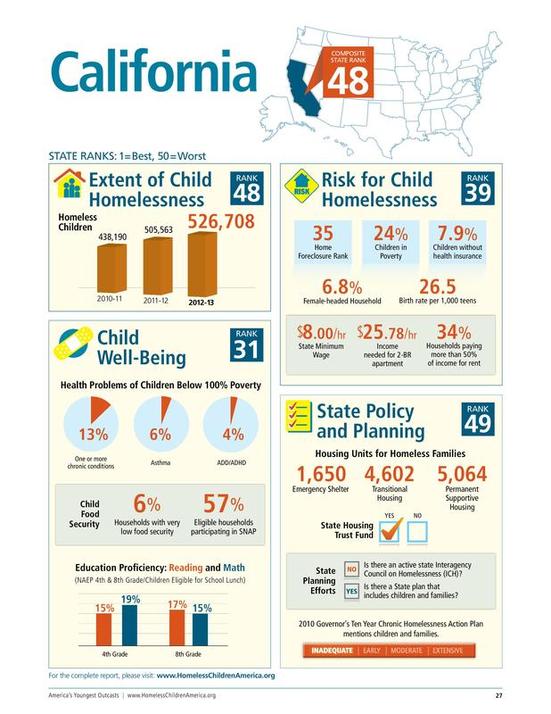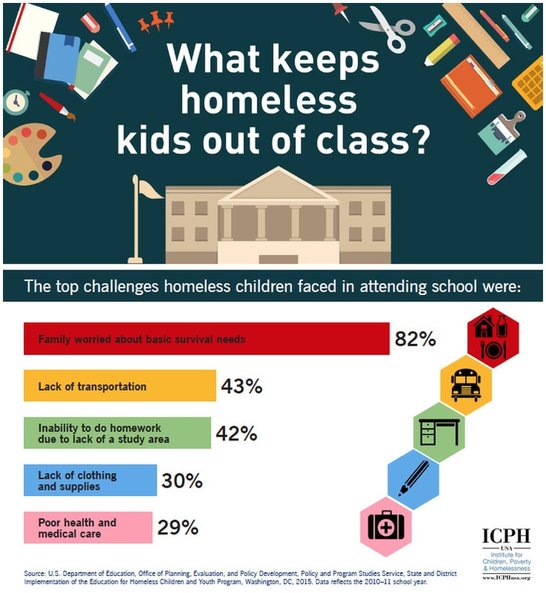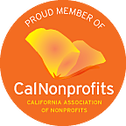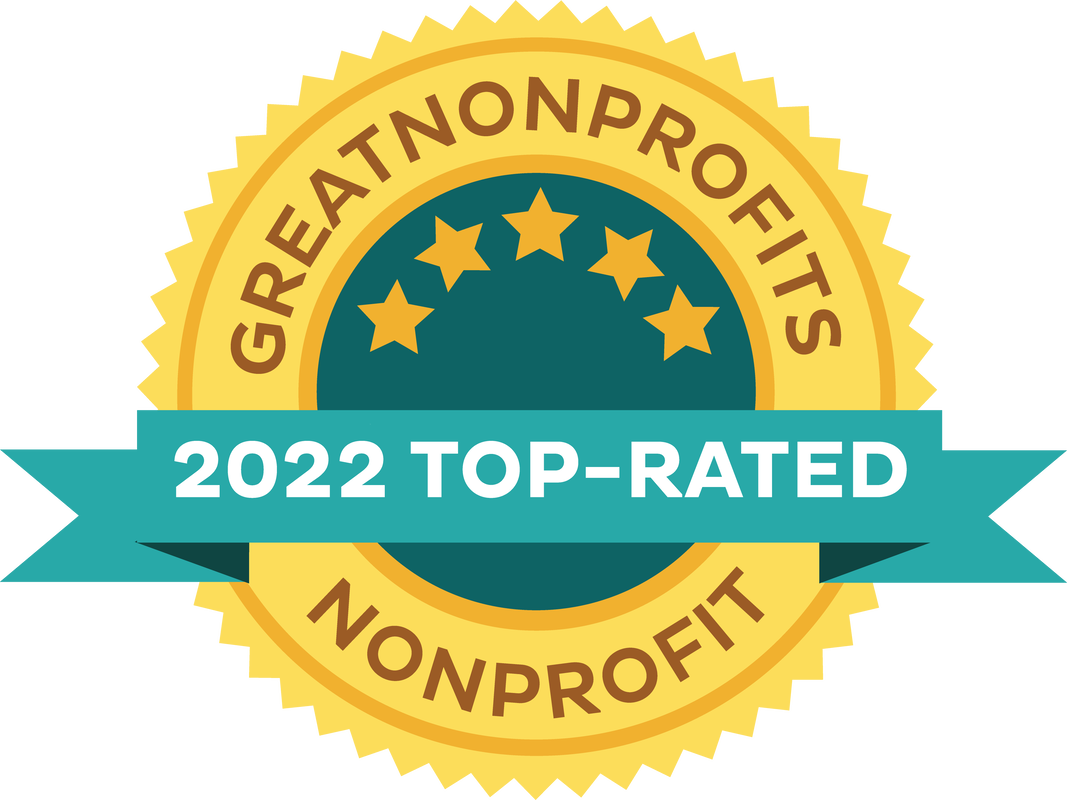About CEP
Our mission is to increase the learning opportunities and
enhance the academic achievement of students experiencing homelessness and housing insecurity.
enhance the academic achievement of students experiencing homelessness and housing insecurity.
Our services
To advance our vision and achieve our mission, Community Education Partnerships raises awareness about the experiences of youth facing homelessness and housing insecurity, and offers them:
- Individualized tutoring and mentoring
- Backpacks, school supplies, books, and learning resources
- Opportunities to participate in extracurricular enrichment activities
- Enrollment assistance
Our core values
CEP is a response to the inequitable, but predictable, distribution of housing and educational opportunities. Without large-scale structural and economic reparations and the redistribution of resources from the few to the many, far too many families and children will continue to struggle to secure safe and suitable housing and access high-quality educational opportunities. Despite the individuals and organizations doing the difficult and critical work of helping families access and maintain safe, affordable, and suitable housing and who work tirelessly towards educational equity, there remain thousands of children in California facing homelessness and housing insecurity and who, by and large, attend the lowest performing schools and have the fewest opportunities to thrive academically. These are our students. We may not be able to house them, we may not be able to change the schooling they receive, and we have little control over the opportunities or lack thereof that greet them upon graduation, but we can support their learning and we can champion them. We can participate in the development of their intellectual curiosity, we can support them as they learn to read, we can help them build a strong foundation of knowledge and academic skills, and we can contribute to their enjoyment of learning. We can, and we will, tell them with our words and through our actions that they matter and that we care about them.
As we approach our work, we acknowledge that:
As we approach our work, we acknowledge that:
- Access to safe and appropriate housing and high-quality educational opportunities are fundamental rights that are denied to too many.
- Homelessness and housing instability need not, but too often do, create obstacles to learning and educational access.
- Education is empowering.
- So-called “achievement gaps” are better understood as “opportunity gaps.”
- There is intrinsic value in learning, even if not aimed at academic achievement.
- Everyone can learn if given the opportunity, tools, time, and support to do so.
- All students deserve to be held to high expectations.
- Respect, humility, and non-judgment.
- The recognition that with our privilege comes the opportunity and responsibility to show up and use our advantages and resources to help our neighbors.
- The belief that all children have a right to be seen, heard, and valued and that showing up for children now can have a life-long impact.
- An acknowledgment that the communities we serve are best able to identify their needs and priorities and that their voices and guidance should direct our planning and decision making.
- The recognition that, through service, we can build meaningful connections between individuals and groups who are often segregated from each other.
Who we serve
Community Education Partnerships serves youths experiencing homelessness and housing insecurity. Our definition of homeless is based on that of the McKinney-Vento Homeless Education Assistance Act. Homeless youth include:
- Children and youths who are sharing the housing of other persons due to loss of housing, economic hardship, or a similar reason;
- Are living in motels, hotels, trailer parks, or camping grounds due to the lack of alternative adequate accommodations;
- Are living in emergency or transitional shelters;
- Are abandoned in hospitals;
- Are awaiting foster care placement;
- Children and youths who have a primary night-time residence that is a public or private place not designed for or ordinarily used as a regular sleeping accommodation for human beings;
- Children and youths who are living in cars, parks, public spaces, abandoned buildings, substandard housing, bus or train stations, or similar settings;
- Migratory children who qualify as homeless because they are living in circumstances described in the above clauses. (See the McKinney- Vento Homeless Education Assistance Improvements Act of 2001, section 725).
HISTORY
In 2008, CEP Founder, Erica Mohan, began volunteering with School on Wheels, an organization that has been tutoring children who are experiencing homelessness and housing insecurity in the Greater Los Angeles Area since 1993. In Spring of 2010, Erica began working full time for School on Wheels in their Downtown Learning Center. Understanding the critical need to academically support children who are experiencing housing insecurity and realizing that the Bay Area lacked an organization specifically dedicated to providing such support, Erica founded Community Education Partnerships. CEP volunteers began providing mentoring and tutoring to youths experiencing homelessness and housing insecurity in Oakland and Berkeley in 2011. Since then, it has grown steadily and now serves students in San Francisco, Oakland, Berkeley, San Leandro, Richmond, and Alameda.
About Homelessness and Housing Insecurity
About Homelessness and housing insecurity
Reliable and accurate statistics regarding the homeless population are hard to come by. This, in part, has to do with problems of definition. Who exactly is considered homeless and who is counted by the homeless census? Moreover, many statistics capture a single point in time and, therefore, do not include all those who experience homelessness in a given year. This issue is compounded by the fact that many homeless individuals and families are highly transient. Nevertheless, although they vary somewhat between different reports and publications, the numbers all point to an alarmingly large homeless population in the United States. The National Center on Family Homelessness (2014) found that “Based on a calculation using the most recent U.S. Department of Education’s count of homeless children in U.S. public schools and on 2013 U.S. Census data:
- 2,483,539 children experienced homelessness in the U.S. in 2013.
- This represents one in every 30 children in the U.S.
- Increased by 8% nationally.
- Increased in 31 states and the District of Columbia.
- Increased by 10% or more in 13 states and the District of Columbia. (from America’s Youngest Outcasts: A Report Card on Child Homelessness, 2014. p. 14)
A SNAPSHOT OF HOMELESSNESS and housing insecurity IN CALIFORNIA
With over 37 million residents, California is the most populous state in the country. California also has the largest population of homeless students in the country and twice the rate of homeless students as the national average (2014, California Homeless Youth Project). In fact, “in 2009, nearly a third of all homeless students nationwide lived in California, according to the federal Department of Education” (2011, California Watch). America’s Youngest Outcasts: A Report Card on Child Homelessness (2014) assigns each state a ranking of 1 (best) to 50 (worst) based on a state composite score that reflects each state’s overall performance across four domains:
- Extent of Child Homelessness (adjusted for state population)
- Child Well-Being
- Risk for Child Homelessness
- State Policy and Planning Efforts
The academic REPERCUSSIONS of homelessness and housing insecurity
“America’s Youngest Outcasts ” states that “The impact of homelessness on the children, especially young children, is devastating and may lead to changes in brain architecture that can interfere with learning, emotional self-regulation, cognitive skills, and social relationships.” According to the Institute for Children, Poverty, and Homelessness, homeless youth are significantly less likely than their peers to be proficient in math and reading in elementary school. Research shows that these gaps in reading and math achievement are not made up over time, and only continue to grow through high school (Voight et al., 2012). Not surprisingly, "students experiencing homelessness struggle to stay in school, to perform well, and to form meaningful connections with peers and adults. Ultimately, they are much more likely to fall of track and eventually drop out of school than their non-homeless peers." (GradNation campaign, 2016).
Additional Resources
National Association for the Education of Homeless Children and Youth: Available at: http://www.naehcy.org/
Institute of Children, Poverty, and Homelessness: Available at: http://www.icphusa.org/
National Coalition for the Homeless. Available at: http://nationalhomeless.org/
National Law Center on Homelessness and Poverty. Available at: http://nlchp.org
National Alliance to End Homelessness. Available at: http://www.endhomelessness.org
The U.S. Conference of Mayors’ Report on Hunger and Homelessness. (2016). Available at: https://endhomelessness.atavist.com/mayorsreport2016
United States Interagency Council on Homelessness. Available at: http://www.ich.gov
U.S. Department of Education. McKinney‐Vento Homeless Education Assistance Improvements Act of 2001, Section 725. Available at: Available at: http://www.ed.gov
Institute of Children, Poverty, and Homelessness: Available at: http://www.icphusa.org/
National Coalition for the Homeless. Available at: http://nationalhomeless.org/
National Law Center on Homelessness and Poverty. Available at: http://nlchp.org
National Alliance to End Homelessness. Available at: http://www.endhomelessness.org
The U.S. Conference of Mayors’ Report on Hunger and Homelessness. (2016). Available at: https://endhomelessness.atavist.com/mayorsreport2016
United States Interagency Council on Homelessness. Available at: http://www.ich.gov
U.S. Department of Education. McKinney‐Vento Homeless Education Assistance Improvements Act of 2001, Section 725. Available at: Available at: http://www.ed.gov




